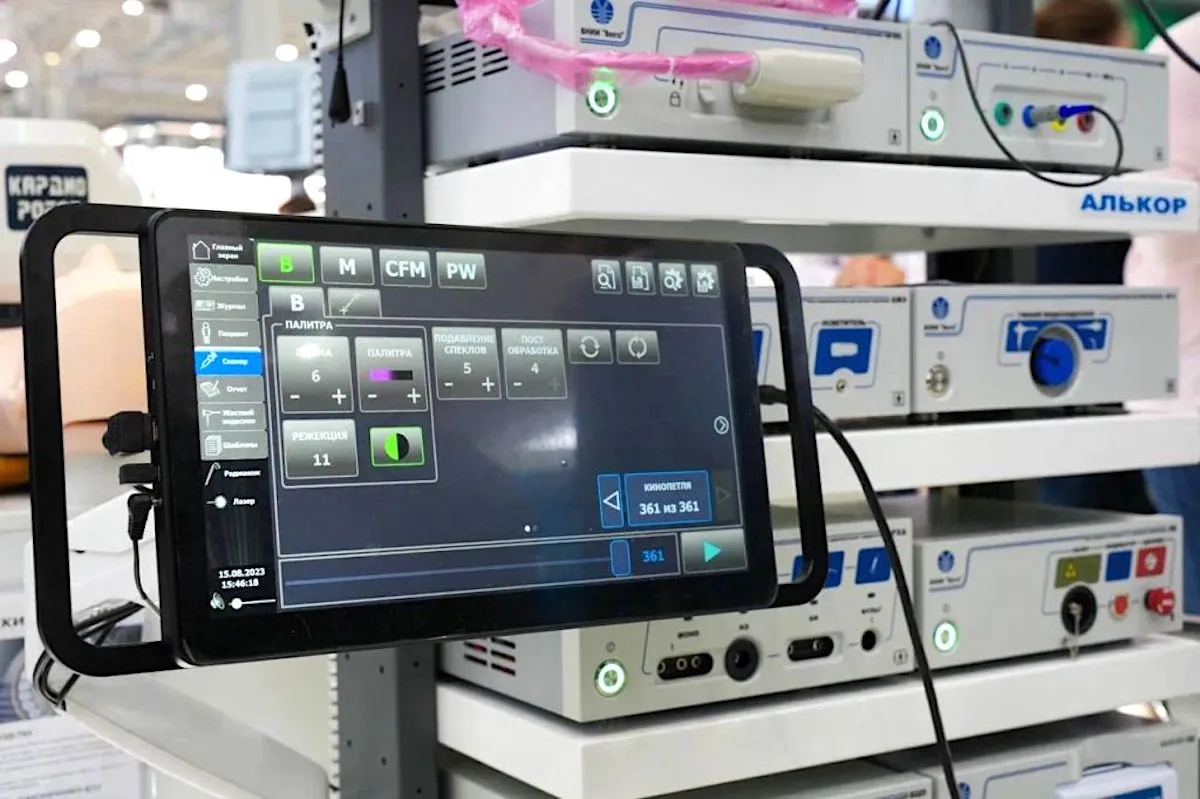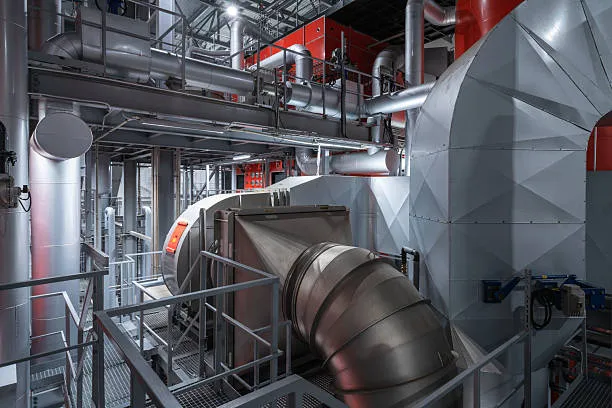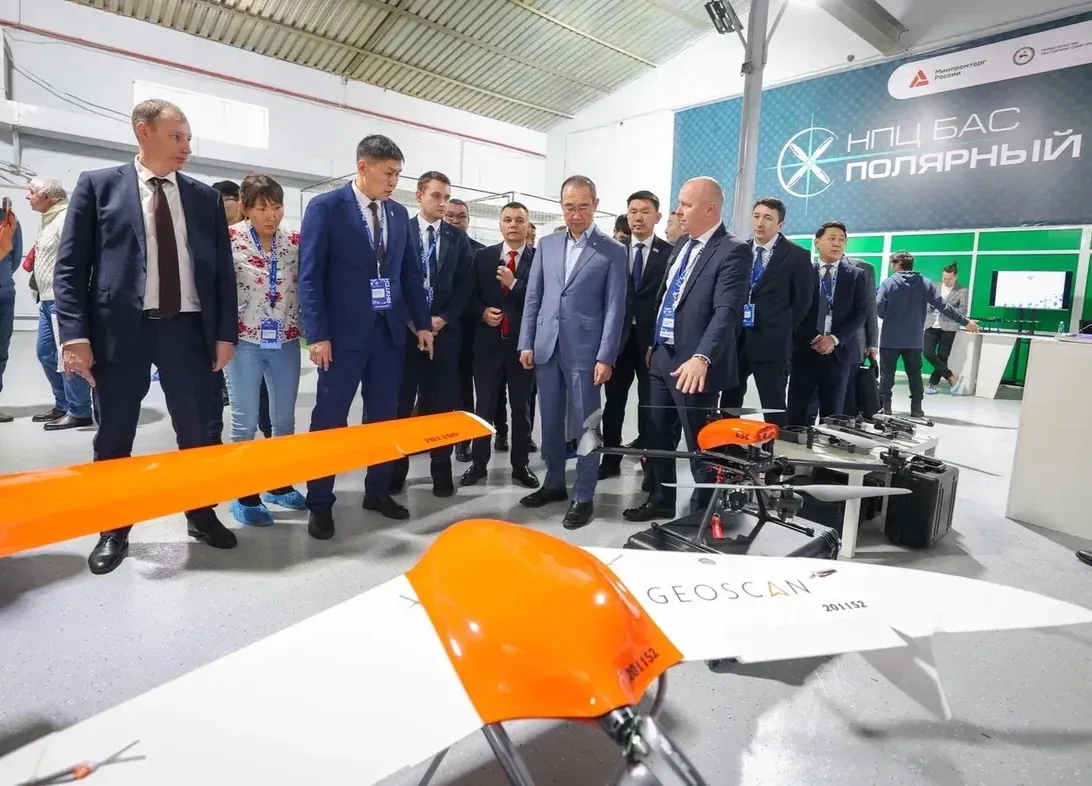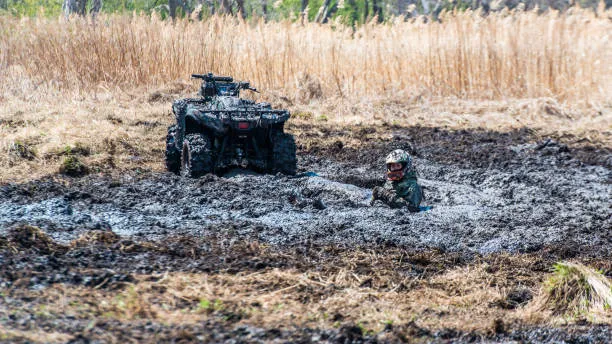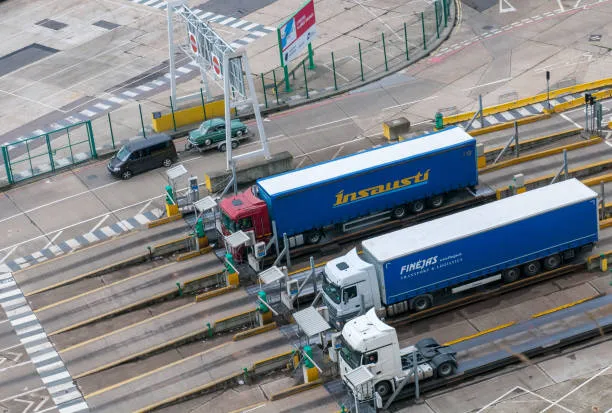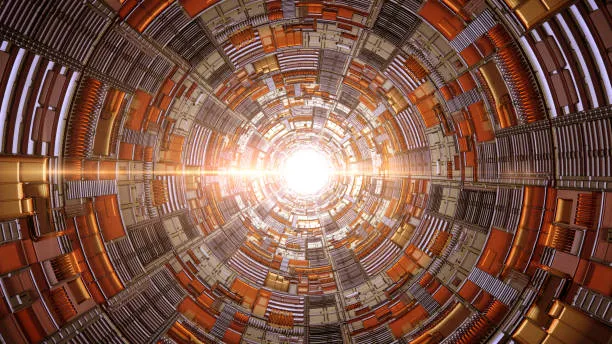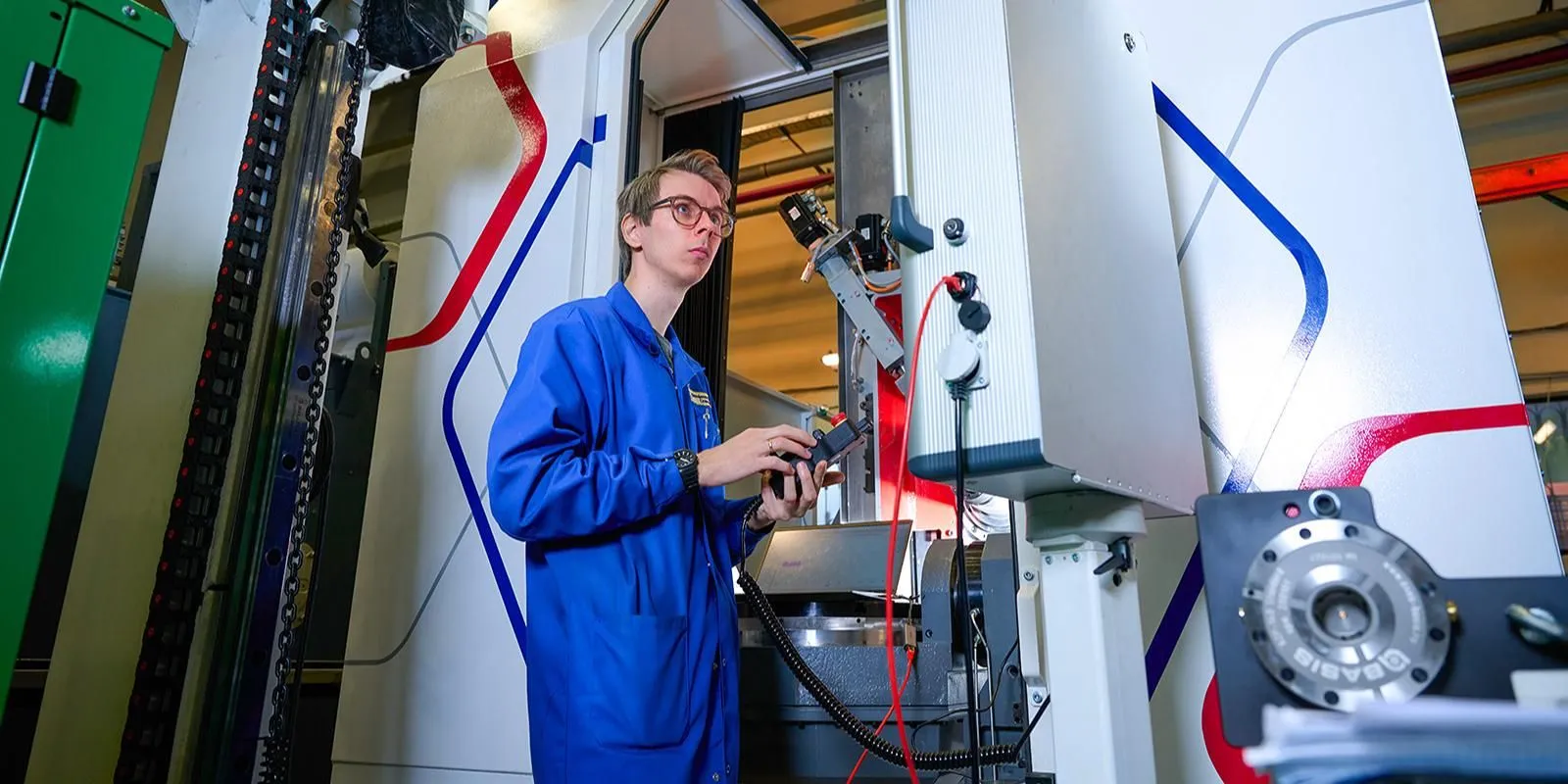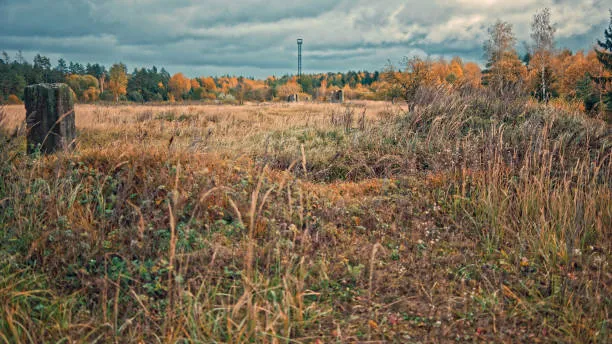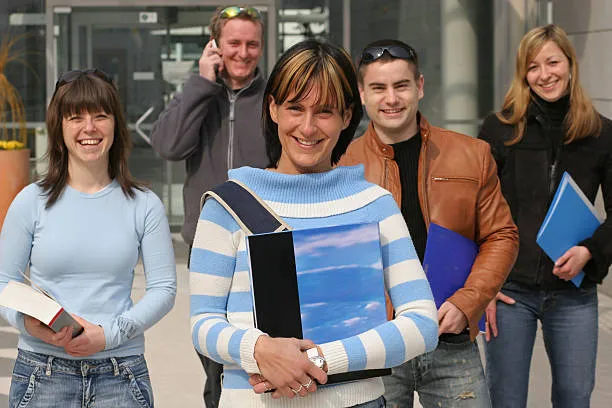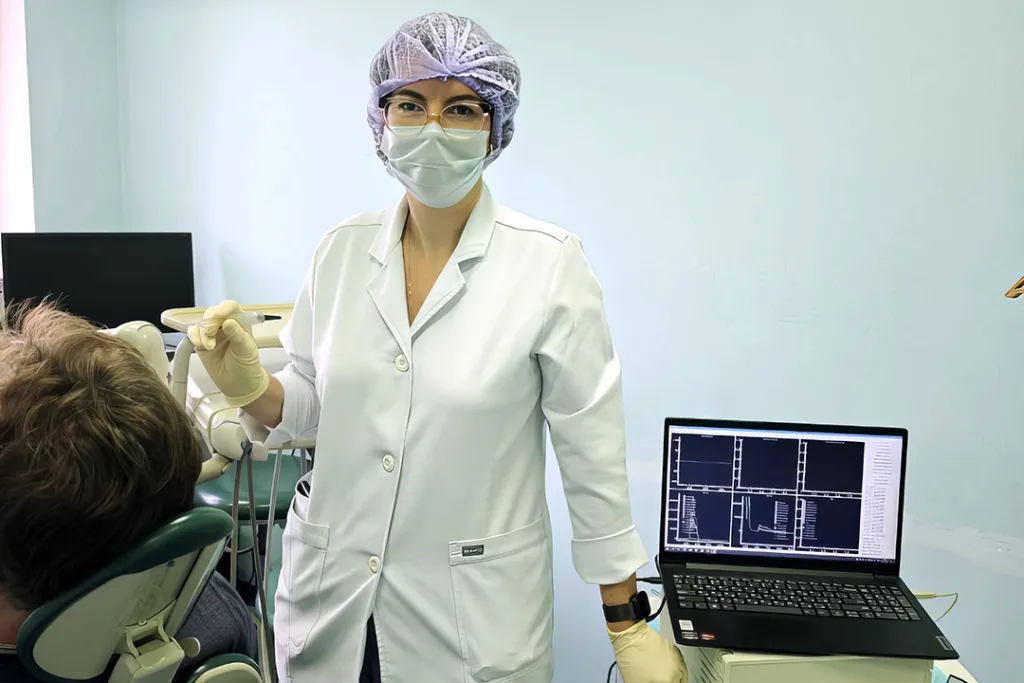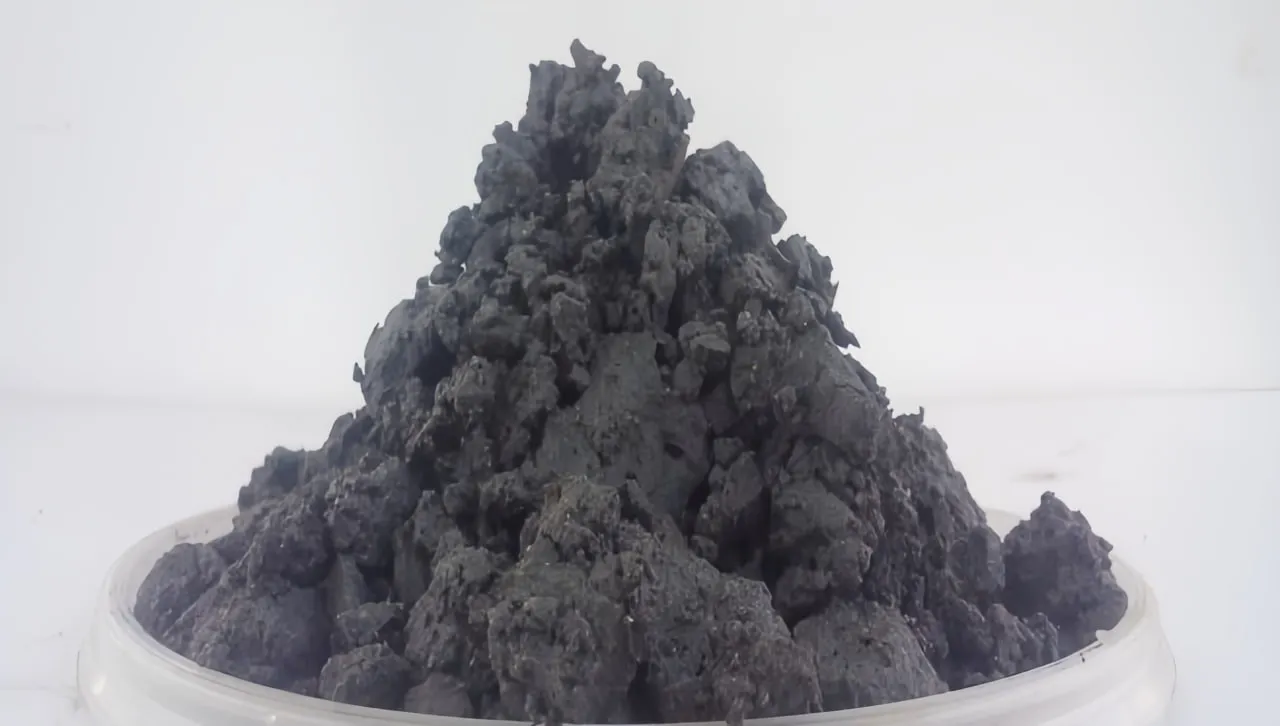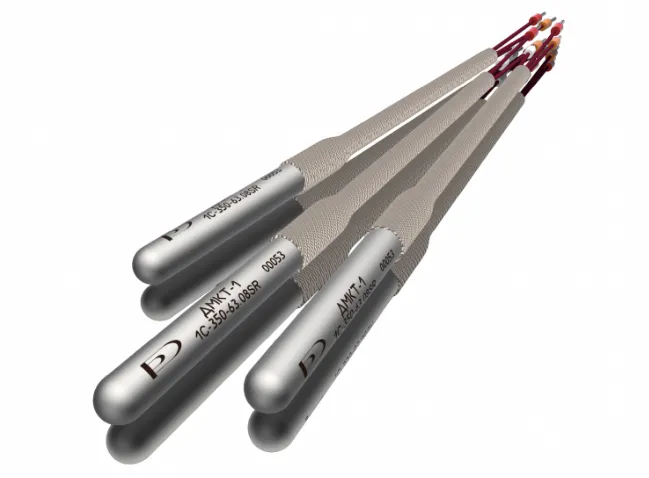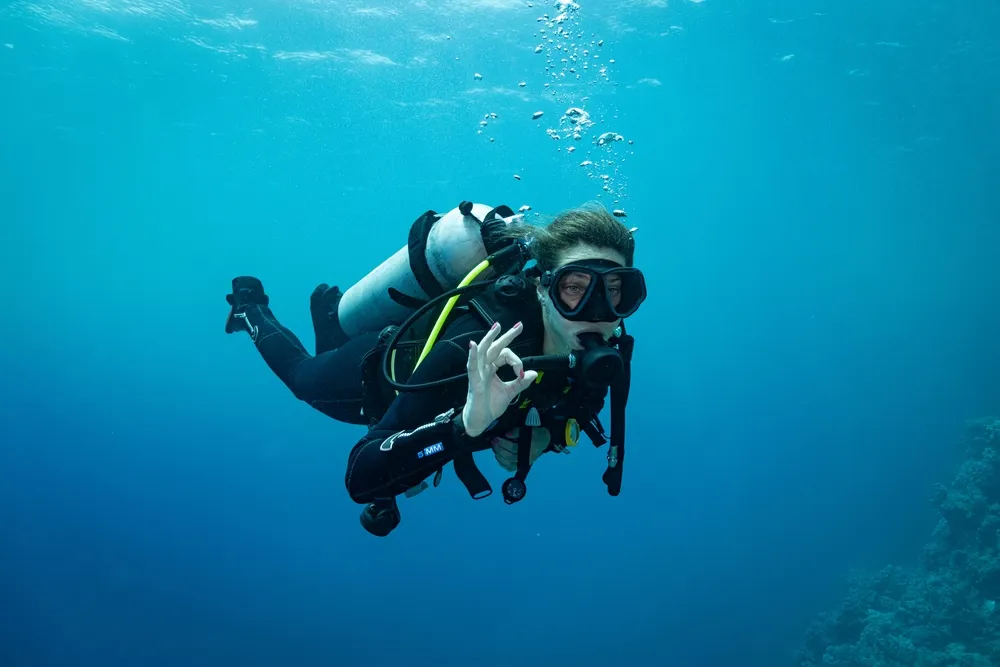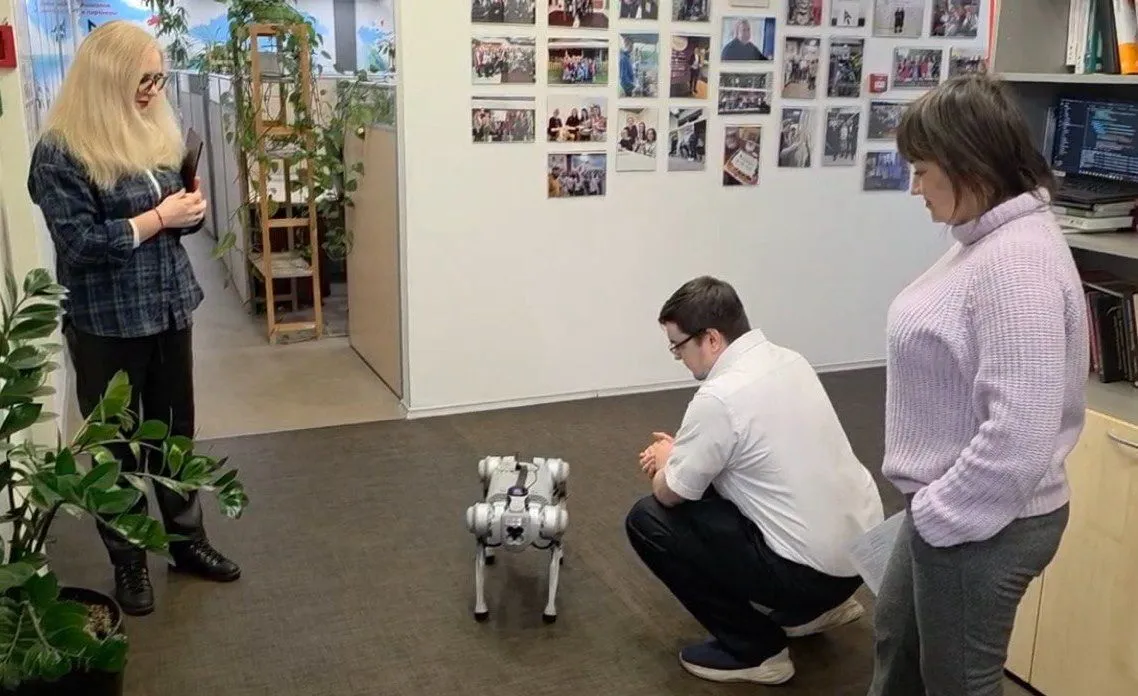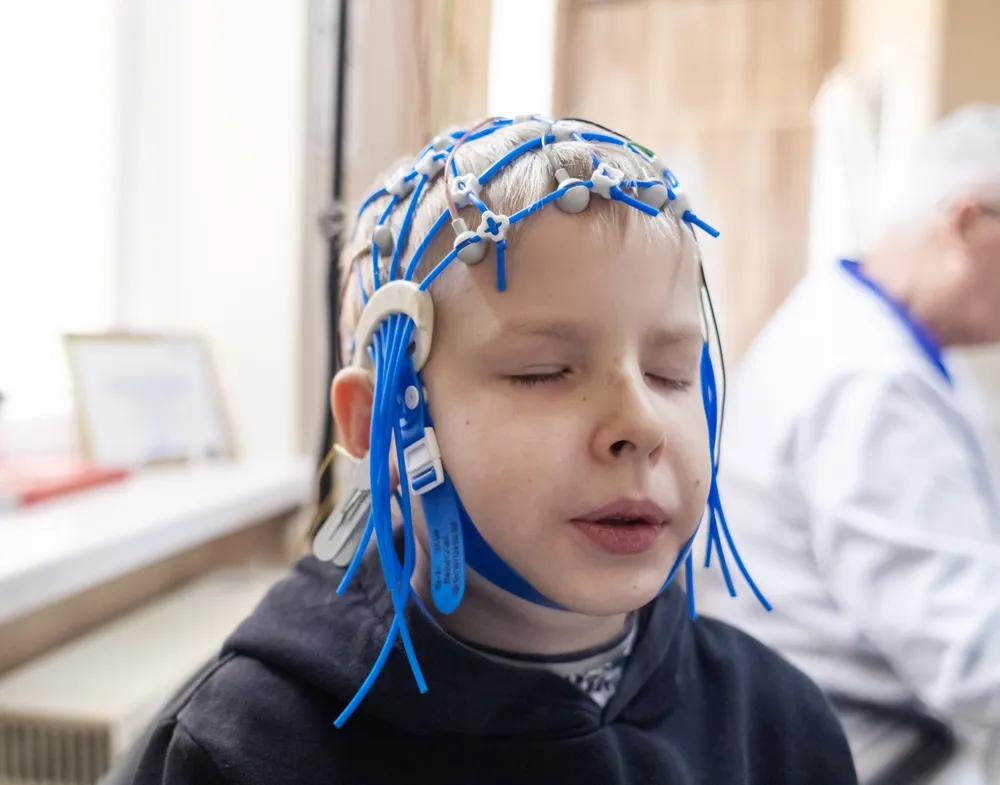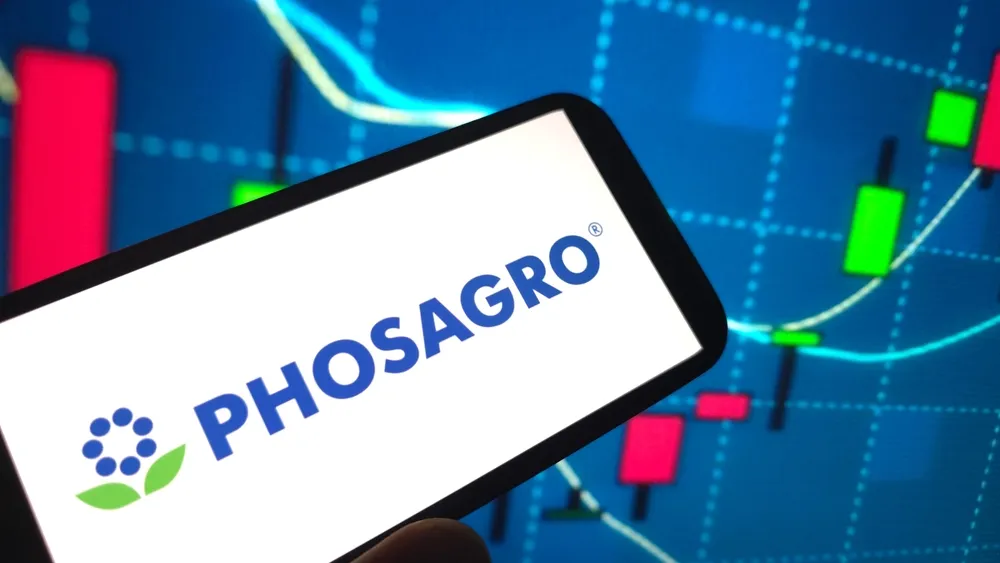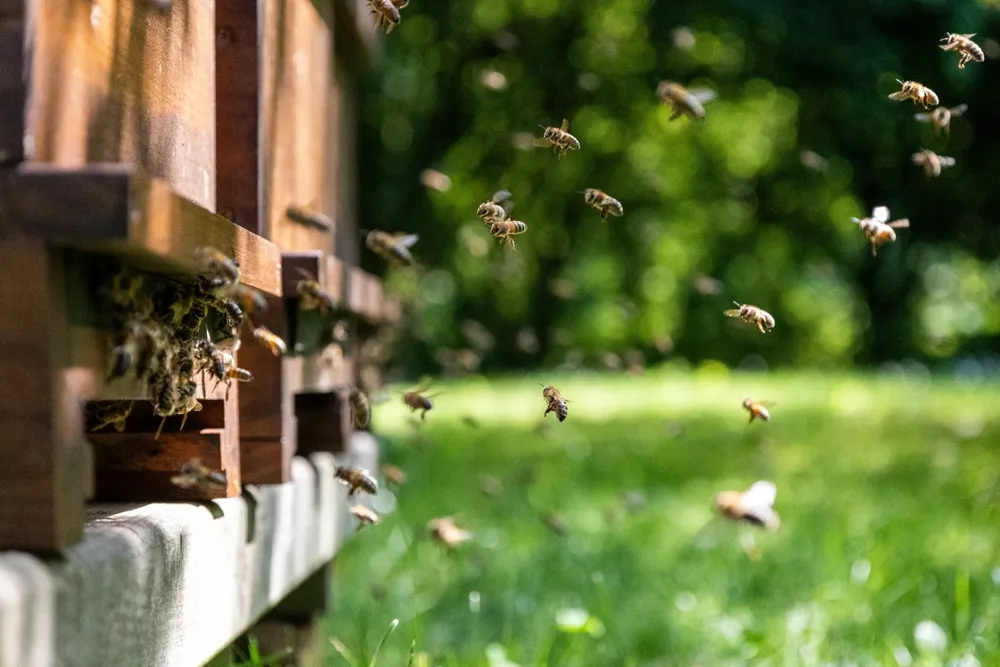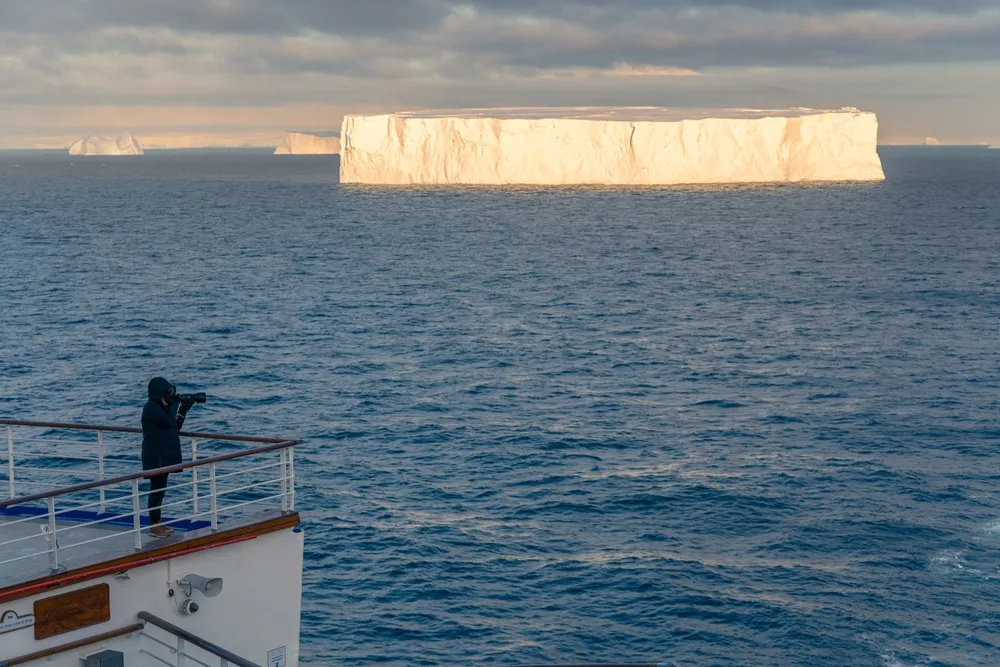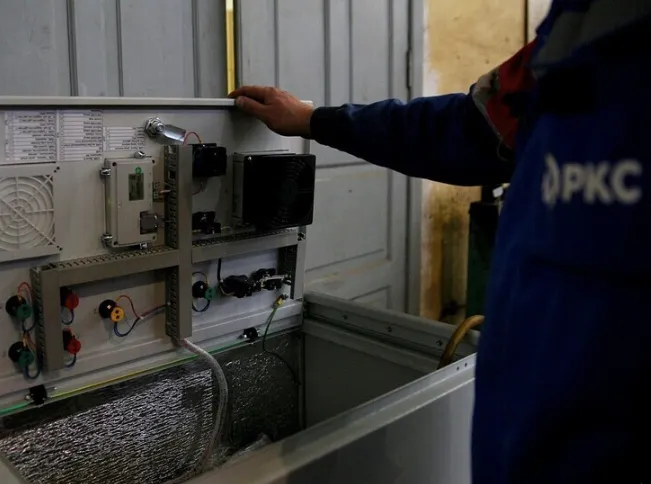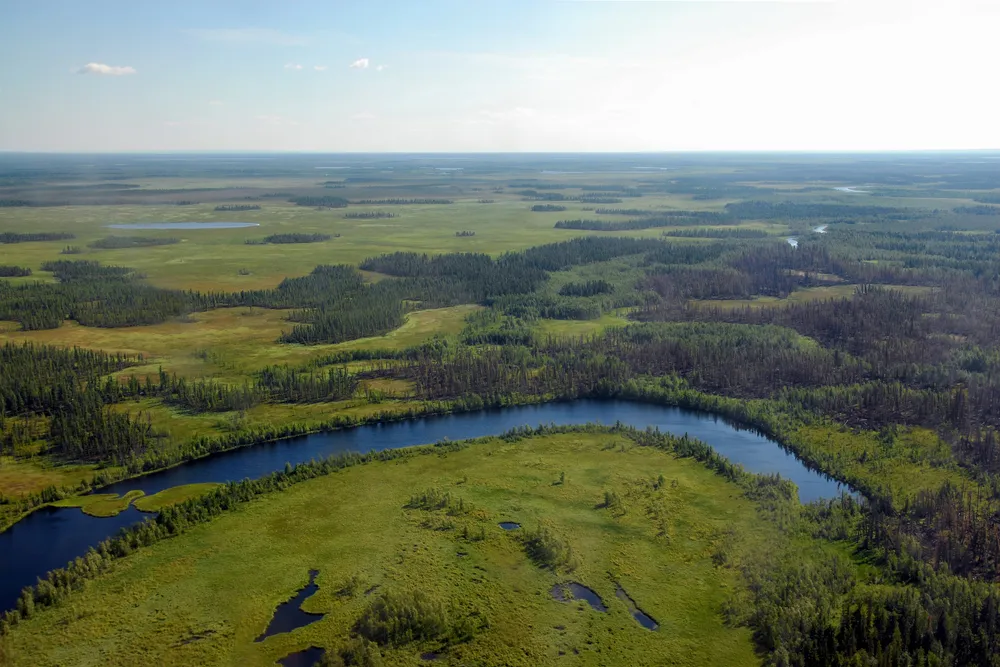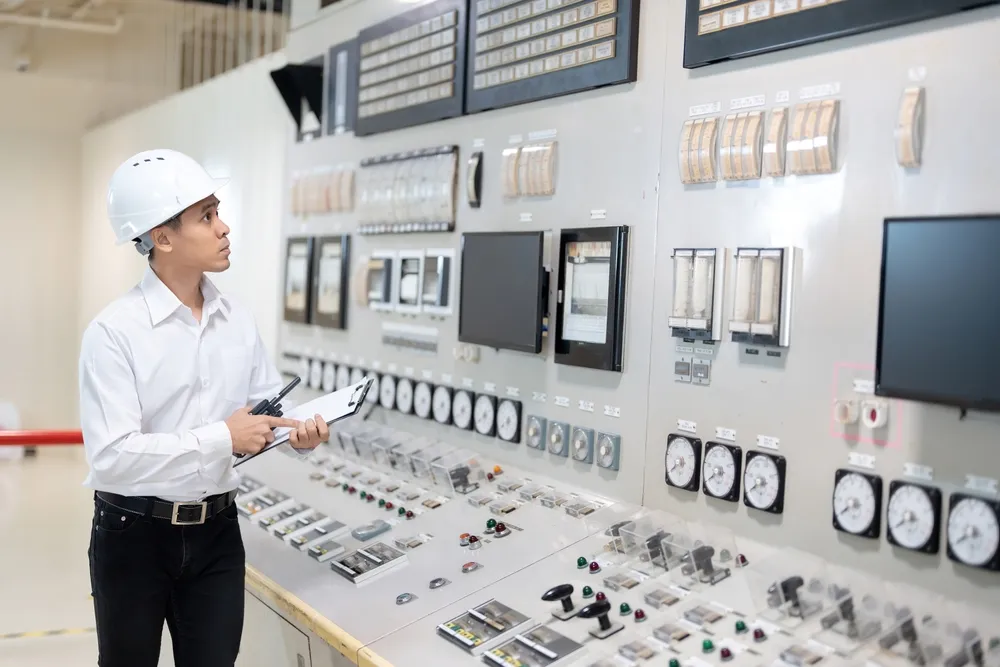Artificial Intelligence Takes on Russia’s Coastal Cleanup
Volunteers and reserve staff are being trained to use neural networks in the fight against marine litter.
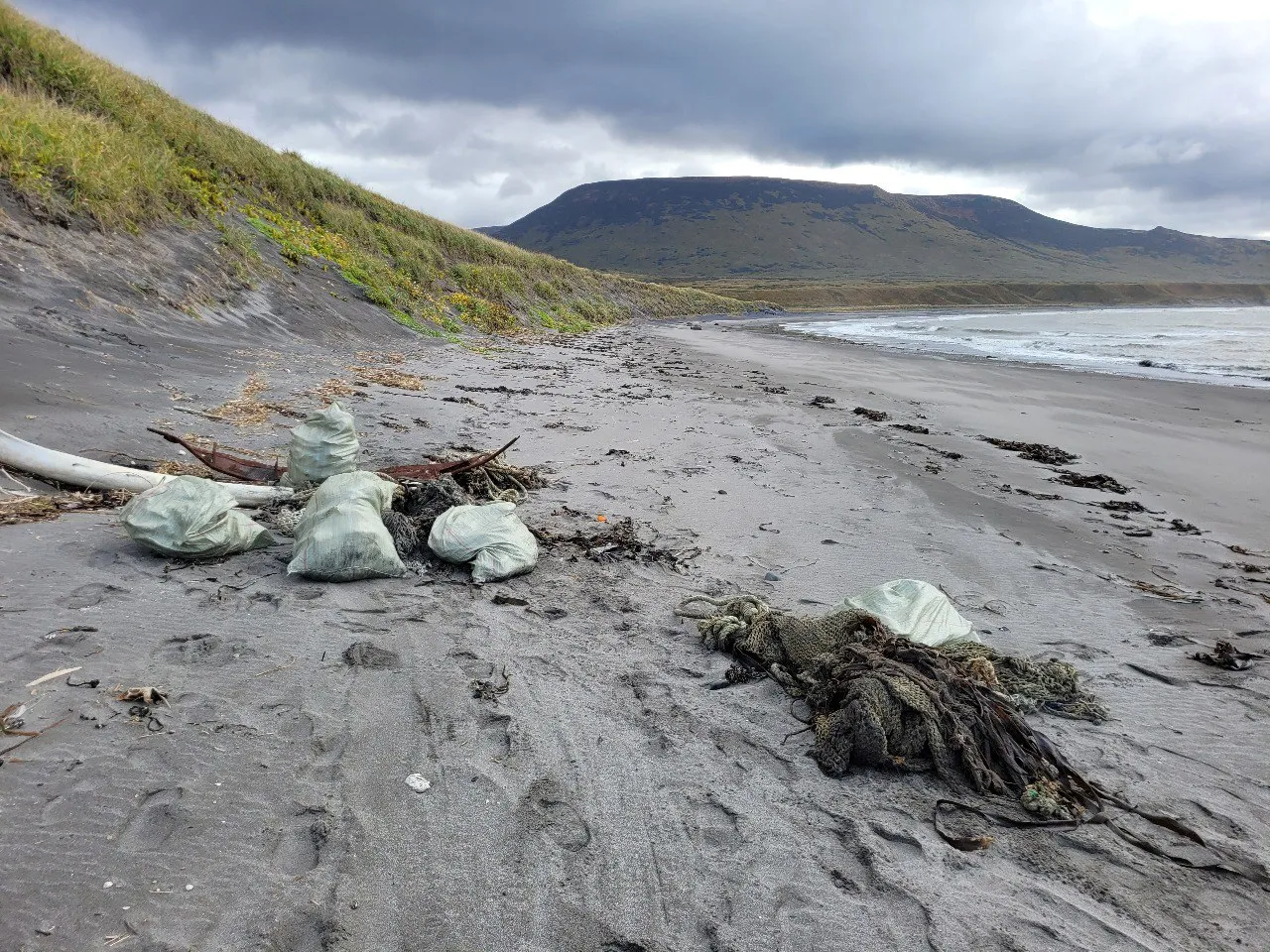
Russia has launched a large-scale environmental initiative called Clean Coast, built around the use of artificial intelligence to clean up shorelines. The new project uses satellite imagery and drone data to detect debris clusters, analyze their composition and volume, and significantly improve the efficiency of volunteer and conservation efforts. The approach, first tested in Kamchatka, will now expand nationwide, with volunteers across Russia learning to apply AI tools in environmental protection.
The project builds on a program launched in 2021 at the Kronotsky Nature Reserve and the South Kamchatka Federal Sanctuary. It has now grown to the federal level. Its goal is not only to remove hazardous waste from the coasts of seas, oceans, and freshwater bodies but also to create detailed cleanup plans and assess environmental damage.
‘Clean Coast’: Neural Networks on the Front Line of Ecology
The educational program, developed from practical experience in waste detection and classification, will help scale up this successful model. Volunteers and staff of protected natural territories will learn to use AI technologies to safeguard Russia’s unique coastal ecosystems.
Pilot projects have already proven successful: this year, about 3 metric tons of marine litter—mostly plastics and fishing nets—were collected along the South Kamchatka coast. Local residents, including students and their parents, took part in the effort.
The implementation of Clean Coast marks a significant step in Russia’s digital environmental transformation, offering the world new high-tech tools to combat the global challenge of planetary pollution.




